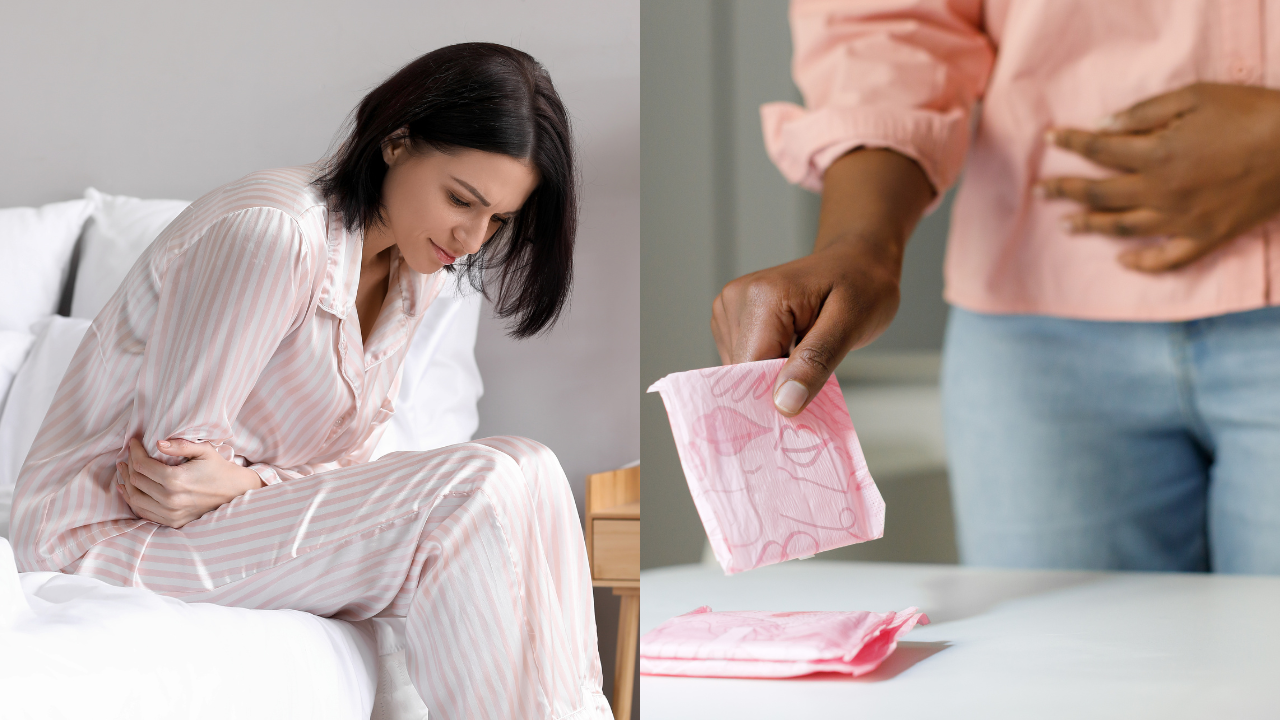-
news
-
Health
Could your sanitary pads be harming your health in ways you never knew about?
Single-use sanitary pads dominate due to convenience but pose hidden health risks and environmental challenges. Choose sustainable options like menstrual cups and biodegradable pads.

Image – Canva
Despite the variety of menstrual hygiene products available to us today, single-use sanitary padsamong tampon, menstrual cupAnd period underwearDominating the global menstrual hygiene market. This is due to their convenience, accessibility and wide marketing. However, these products, often considered clean and safe, come with hidden health and environmental costs that many consumers are unaware of.
Many studies in the past and recent have highlighted the adverse effects of disposable sanitary padsFrom potential health risks due to chemical exposure to significant environmental challenges caused by improper disposal. The average woman uses approximately 11,000 sanitary pads in her lifetime, the effects of which are far-reaching.
The convenience of these products hides the reality of their chemical composition and non-biodegradable nature, raising questions about their long-term effects. We speak to social activist and founder Sandy Khanna green pencil foundationwhich discusses these concerns in detail, focusing particularly on health effects.
Many single-use pads contain chemicals such as dioxinFurans, and volatile organic compounds – byproducts of the bleaching processes used in their production. “These chemicals can cause long-term health risks like skin irritation, hormone disruption, and even cancer. Fragrances and deodorizers commonly added to these pads can trigger allergic reactions and disrupt the vaginal microbiome, which can lead to infection,” he says.
The plastic layer in disposable pads creates a moist and warm environment, which promotes bacterial and fungal growth, says Khanna. He explains that this increases the risk of urinary tract infection (UTI). vaginal yeast infectionAnd other problems. “Prolonged use of such plastic-filled pads can lead to rashes, discomfort and heat accumulation,” she says, adding that wearing these pads for more than 4-6 hours can lead to the growth of harmful bacteria like Escherichia coli and Can. Staphylococcus aureus potentially causes serious health problems such as toxic shock syndrome (TSS), which is life-threatening.
According to Khanna, the environmental impact of single-use pads is equally worrying. “Containing 90 percent plastic, their disposal contributes significantly to environmental pollution,” he says, adding that microplastics and chemicals from discarded pads can leach into soil and water, contaminating ecosystems and May pose a risk to human health through bioaccumulation.
Khanna emphasizes that improper disposal affects land fertility and increases the problem of water pollution. While the convenience of disposable sanitary pads has made them a staple for many, their hidden health risks and environmental consequences cannot be ignored. Exploring alternatives like biodegradable pads, menstrual cups and reusable cloth pads offers a sustainable path forward for both personal well-being and the planet.
Get the latest news live on Times Now with breaking news and top headlines from around the world.


